Scientists racing to save iconic animals in Madagascar as wildfires spread
A devastating wildfire is sweeping across the Central Highlands of Madagascar, threatening the habitat of several rare and iconic animal species, including the globe-horned chameleon. The fire, which began on September 23, has already burned through over 10,000 hectares of land, with flames reaching as close as 5 kilometers to the Ambohitantely Special Reserve, a protected area home to these endangered creatures.
According to eyewitnesses, the fire was moving rapidly, fueled by strong winds and dry conditions. Scientists from the Madagascar Biodiversity and Ecosystem Service Sustainability (MBEES) program, a joint initiative between the Malagasy government and international partners, were on the scene, working to contain the blaze and protect the animals. The team, led by Dr. Andry Rajoelina, a renowned conservation biologist, has been conducting emergency operations since the fire broke out.
The immediate impact of the fire is being felt by local communities, who are struggling to contain the spread of the blaze. "We're doing everything we can to protect the animals and the forest," said Dr. Rajoelina. "But it's a challenging situation, and we need more resources to combat the fire effectively." The Malagasy government has pledged to provide additional support, including emergency funding and personnel, to aid in the firefighting efforts.
The Central Highlands of Madagascar are home to some of the most unique and threatened ecosystems on the planet, with over 90% of the country's lemurs, fossa, and aye-aye found in this region. The Ambohitantely Special Reserve, where the fire is currently raging, is one of the last remaining forests in the highlands, and its loss would be catastrophic for the region's biodiversity.
As the situation continues to unfold, scientists are racing against time to save the animals and the forest. The MBEES program has launched an emergency appeal, seeking $500,000 in funding to support the firefighting efforts and protect the animals. Donations can be made through the program's website. In the meantime, the international community is watching with bated breath, hoping that the scientists can act fast enough to save these iconic animals and the precious ecosystem they call home.
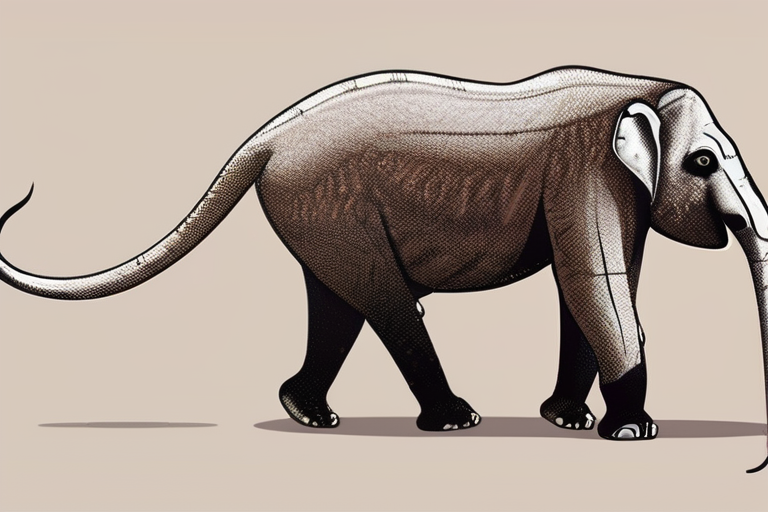





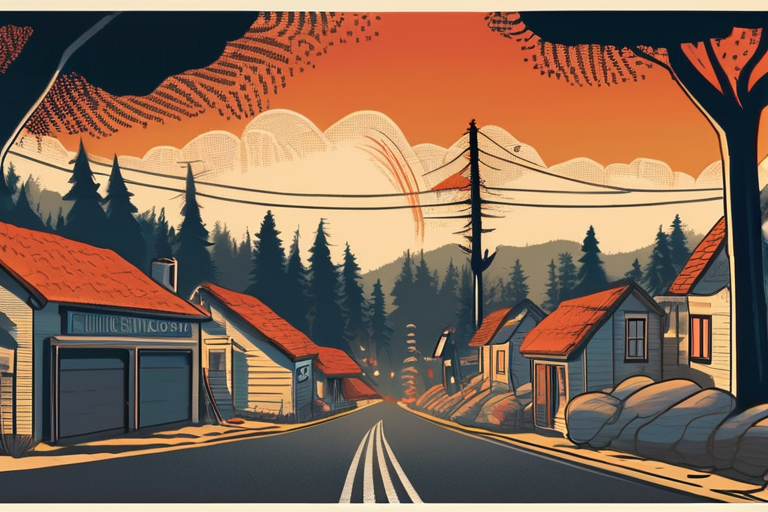





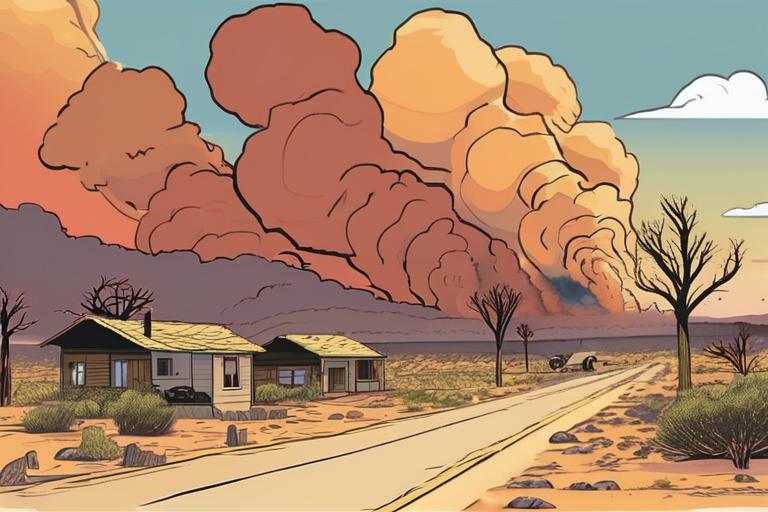

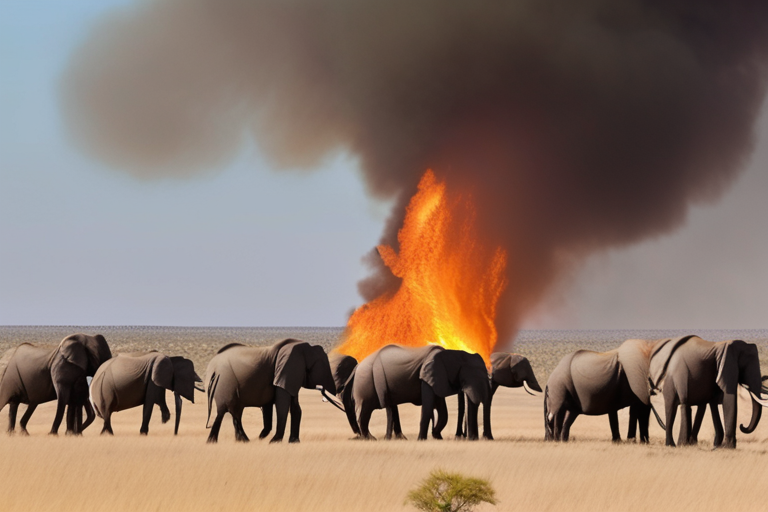



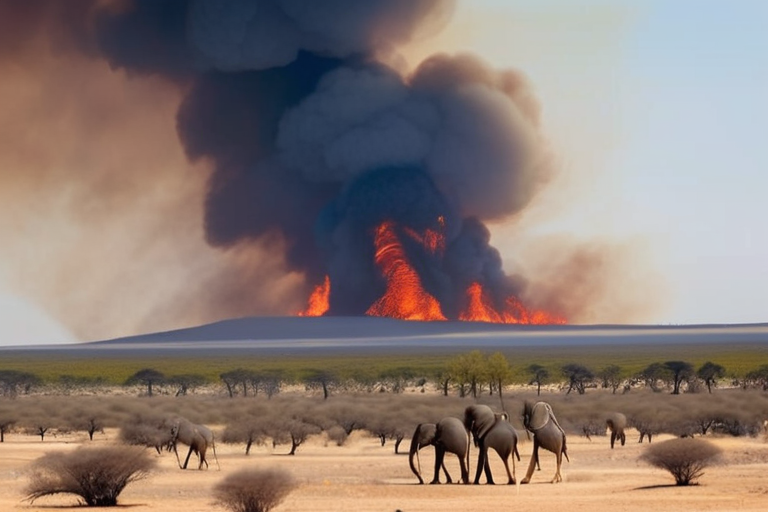
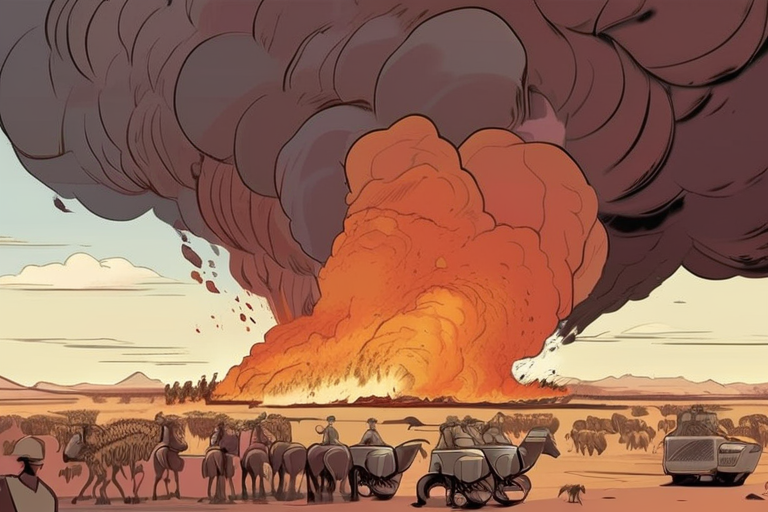
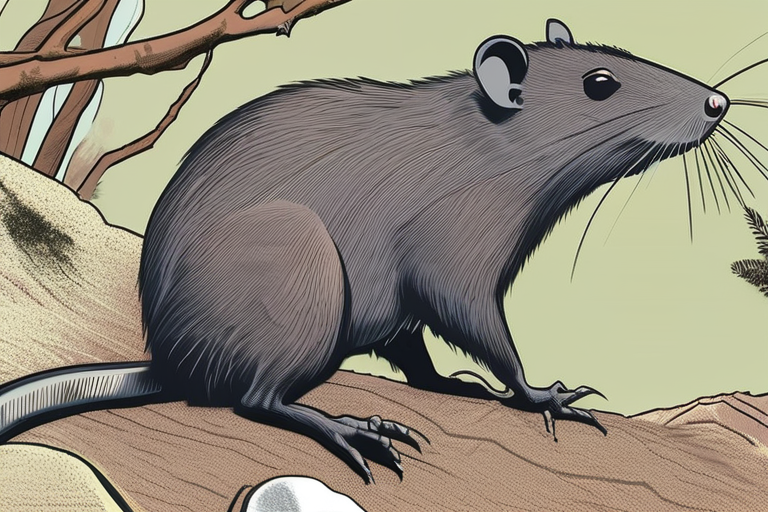
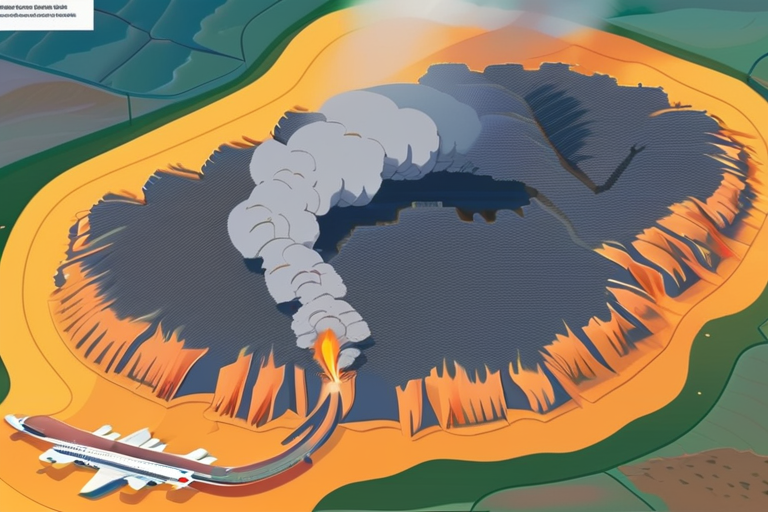





Share & Engage Share
Share this article